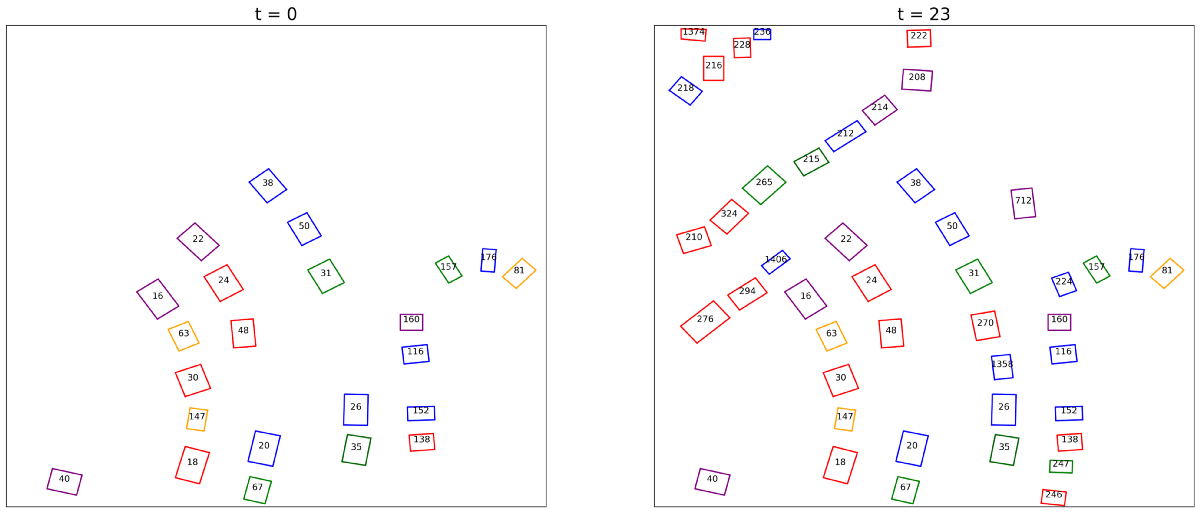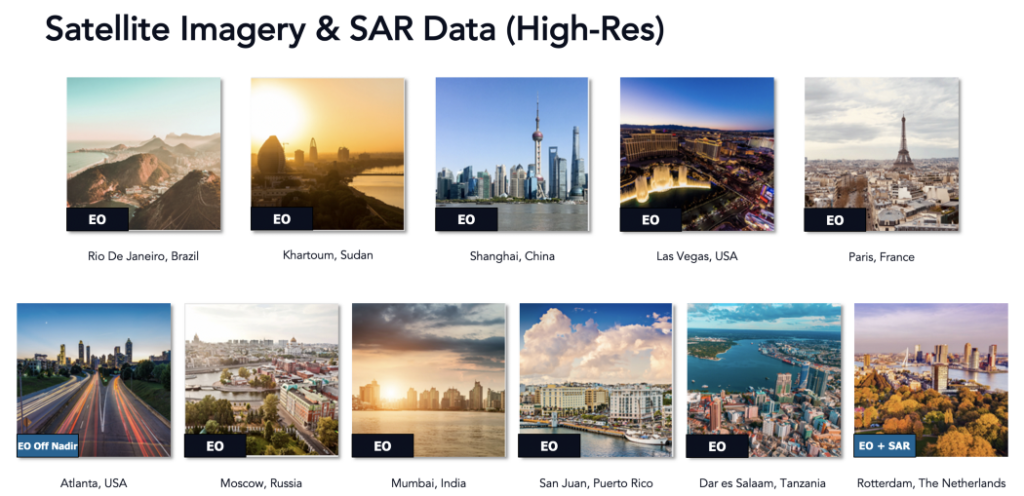

(The sample above contains 4 lines of text, extra line breaks are added only for readability.) ImageId,BuildingId,PolygonWKT_Pix,Occluded These data are described in CSV files using the following format: The location and shape of known buildings are referred to as ���ground truth��� in this document. This is formed by using the PAN image to interpolate 4 bands of the MS dataset to increase the resolution of the Red, Green and Blue bands. Pan-Sharpen: pan-sharpened version of Red-Green-Blue+NIR1 bands from the multispectral product (4 channels, 4*16-bit, ~50 cm resolution).This is the equivalent of the 8-band images from the first and second competition. MS: 8-band multi-channel (8*16-bit, ~2m resolution).PAN: panchromatic (single channel, 16-bit grayscale, ~50 cm resolution).���Atlanta_nadir���Įach Collection folder than has 3 types of images are available for the target areas: The entire set of images is tiled into 450m x 450m tiles.

They range in off-nadir angle from 7 degrees to 54 degrees.įor the competition, the 27 images are broken into 3 segments based on their off-nadir angle: This dataset contains 27 8-Band WorldView-2 images taken over Atlanta, GA on December 22nd, 2009. The polygons you create will be compared to ground truth, and the quality of the solutions will be measured using the SpaceNet metric. Your task will be to extract building footprints from increasingly off-nadir satellite images. Moving towards more accurate fully automated extraction of building footprints will help bring innovation to computer vision methodologies applied to high-resolution satellite imagery, and ultimately help create better maps where they are needed most. The ability to use higher off-nadir imagery will allow for more flexibility in acquiring and using satellite imagery after a disaster. Also, emerging next generation earth imaging satellite constellations that will provide more frequent revisists will tend to have higher-off nadir imagery. In many disaster scenarios the first post-event imagery is from a more off-nadir image than is used in standard mapping use cases. ObjectiveĬan you help us automate mapping from off-nadir imagery (collect from angles that are not straight down)? In this challenge, competitors are tasked with finding automated methods for extracting map-ready building footprints from high-resolution satellite imagery from high off-nadir imagery. Furthermore, we think that solving this challenge is an important stepping stone to unleashing the power of advanced computer vision algorithms applied to a variety of remote sensing data applications in both the public and private sector.įurther background information about the contest can be found at the SpaceNet Challenge minisite. For example, this type of map data is needed for planning international events like the 2016 Rio Olympics, as well as humanitarian and disaster response as recently observed in Haiti to aid the response to Hurricane Matthew. We believe that advancing automated feature extraction techniques will serve important downstream uses of map data.
#SPACENET BUILDINGLABELS EXAMPLE MANUAL#
Today, map features such as roads, building footprints, and points of interest are primarily created through manual techniques. The SpaceNet Partners, CosmiQ Works, DigitalGlobe and Radiant Solutions have partnered to release the SpaceNet Off-Nadir dataset to the public to enable developers and data scientists. One area for innovation is the application of computer vision and deep learning to extract information from satellite imagery at scale. The commercialization of the geospatial industry has led to an explosive amount of data being collected to characterize our changing planet.


 0 kommentar(er)
0 kommentar(er)
